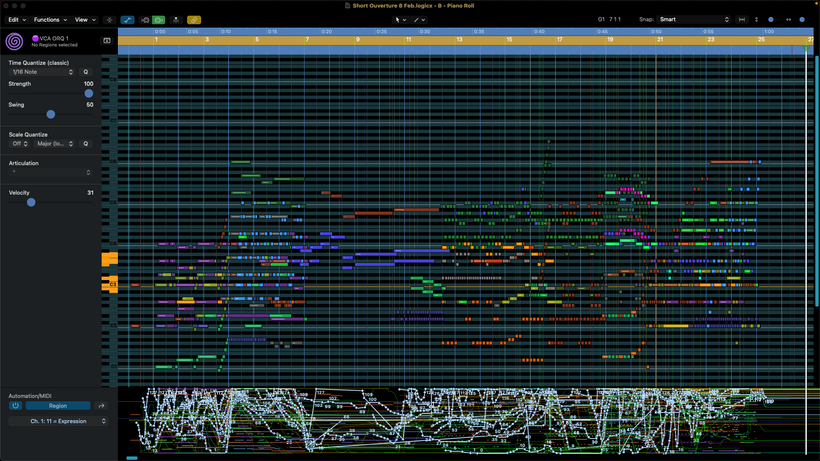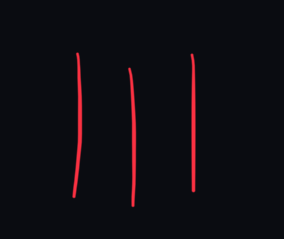-
LEARNING: If you use an instrument with many articulations, like a violin, you will need to learn and remember many KS commands
-
DISPONIBILITY: Using tracks you can go directly to the best articulation that each library has to offer. You will need VEP to combine articulations of different libraries on the same track.
-
MIXING: You will have a fine mixing adjustment for each articulation direct on your DAW, based on your project. To set this in one track it is harder.
-
VIEW: You will have the name of the used articulation assigned to the region. So you have a good overview of the used techniques, similar like a score.For didactic reasons, this also allows a clear overview of the sounds.
Are these the BEST? I don’t know. Later I come back with the cons.
This is an update i did on a larger text (Mockup Theory) after delivering orchestral music for a new comission and taking notes on what I did not like. Actually I dont use ks, but I tried just for the sake of testing. What i did was to use my EW template that I offer here NOT as it was meant to be used: I did not use with the score editor, I did just record on the tracks.
In THIS case, I don’t see much the point with KS. But the discussion does not end easily: using Streamdeck and Metagrid the ks game is another one. However…still I find the points mentioned above very strong points against ks!

